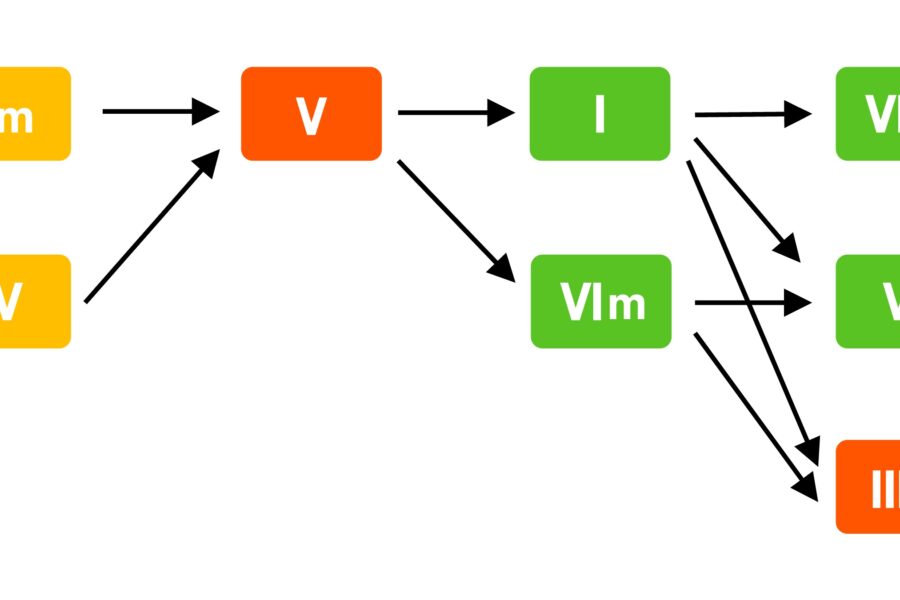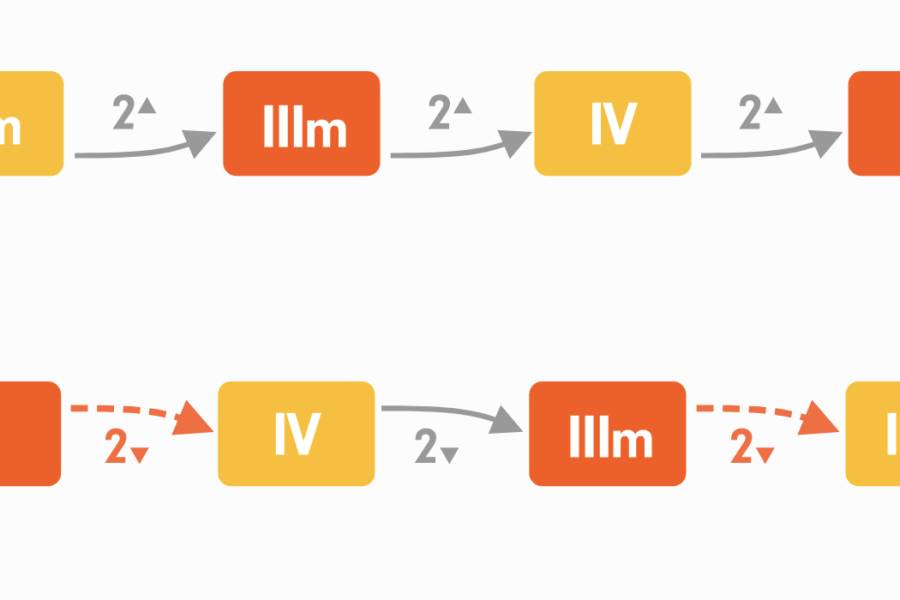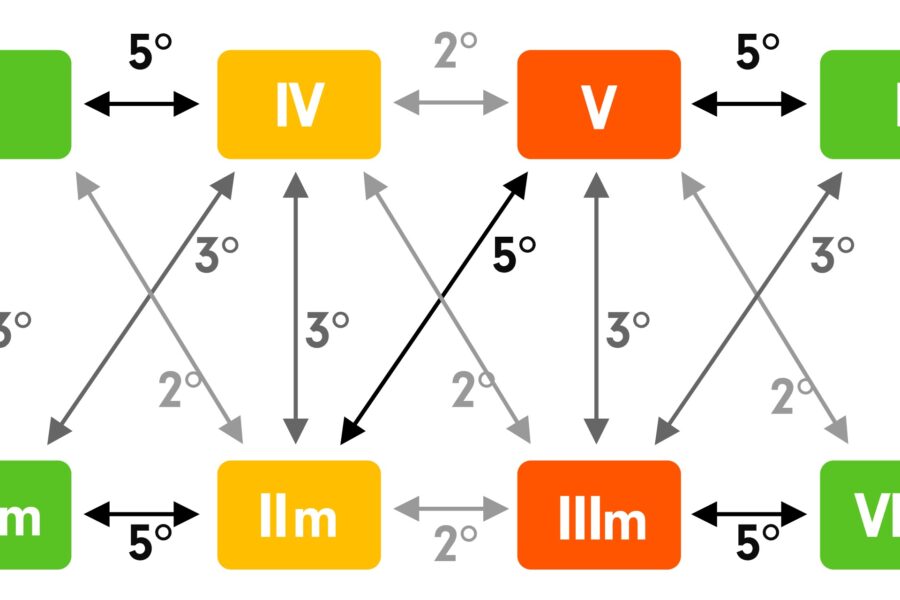1. Review of Nexus Systems Now, up to this point, we have examined the characteristics of each nexus. Nexus Features Gentle and smooth, yet rich in color Clear driving force, characteristic Clear driving force and easy to listen to Minimal tone change, unique sense of floating up Minimal tone change and stable Understanding the differences in the impressions allows you…
yutaJune 3, 2024









